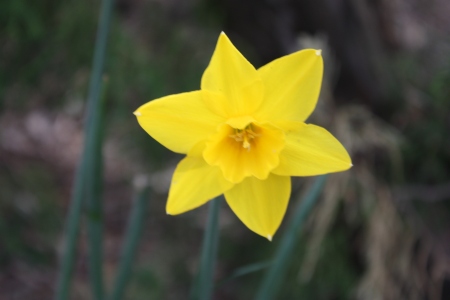
May is a great time for planting when the temperatures are in the 70’s. Here are some useful tips.
PLANTING DEPTH OF TREES : One of the leading causes of death for trees is incorrect planting. Large tree spades are often used to dig trees that cause the soil level to rise up covering the crown of the root ball. Plant your tree slightly above the soil surface so that you see a visible flare above the ground. When mulching make sure that the mulch does not come up above the root crown. Following these simple practices will help to ensure the health and life of your tree.
WATERING: Water throughly after planting and keep well watered throughout the first growing season. Be careful not to over water! Feel down by the roots to determine whether the plant is getting the correct moisture. Soil should appear moist but not wet or overly dry. Consider type of soil, time of year and amount of sun and rain. Watering every other day at approximately forty minutes per zone allows the water to penetrate deep enough to the roots. If you do not have a sprinkler system the use of soaker hoses is recommended. Water should be applied at a rate of 3/4 inch of water every three days or 1 1/2 inches a week. (One inch of water goes down 6 ” into the soil.)
PRUNING EVERGREENS: Most evergreens can be pruned at any time of year except when the weather is too hot or right before temperatures start to drop below freezing. Ideally, late winter and early spring are best. Most evergreens will not take well to hard pruning. The only exception is Taxus (Yew) which may rejuvenate over time. No plant is completely maintenance free so keep your evergreens trimmed to their desired size. This will also keep them full and healthy and prevent thinning out. NOTE: Evergreens will shed their needles or foliage in the Fall/Spring to allow for new growth. If any branches appear brown or dead after planting or after winter, trim them off and allow the plant to rejuvenate. When in doubt ask a professional.
PRUNING FLOWERING SHRUBS: Prune flowering shrubs and flowering evergreens after the bloom. Flowering shrubs such as hydrangea bloom on the last years growth and will not bloom if cut back in Spring with the exception of the Endless Summer Collection which blooms on new wood (click on hyperlink for article on pruning all types of hydrangea). Prune Lilac for shape after flowering in spring.
FERTILIZING: Feed plants in spring. For new plantings allow the plantings to become established then apply a slow release organic fertilizer or apply a “starter” formula when planting. For established plants there are several products on the market. Be careful not to buy a concentrated product that will burn the roots. A slow release or organic fertilizer such as Holly Tone is recommended. Also when planting, a mixture of hydro-gel along with a slow release fertilizer will help to retain moisture in your plants.
INSECT CONTROL: Periodically check your plants for insect or fungal damage and treat if needed. It is advised to use a regular insect control maintenance program to keep your plantings healthy.
LAWN CARE: Ideally sod lawns are best planted in spring and seed best planted in the fall. Your lawn should also have a regular maintenance program to keep it at its best-ask your professional.
Author: Lee@Landscape Design By Lee, 2013, All Rights Reserved







You must be logged in to post a comment.